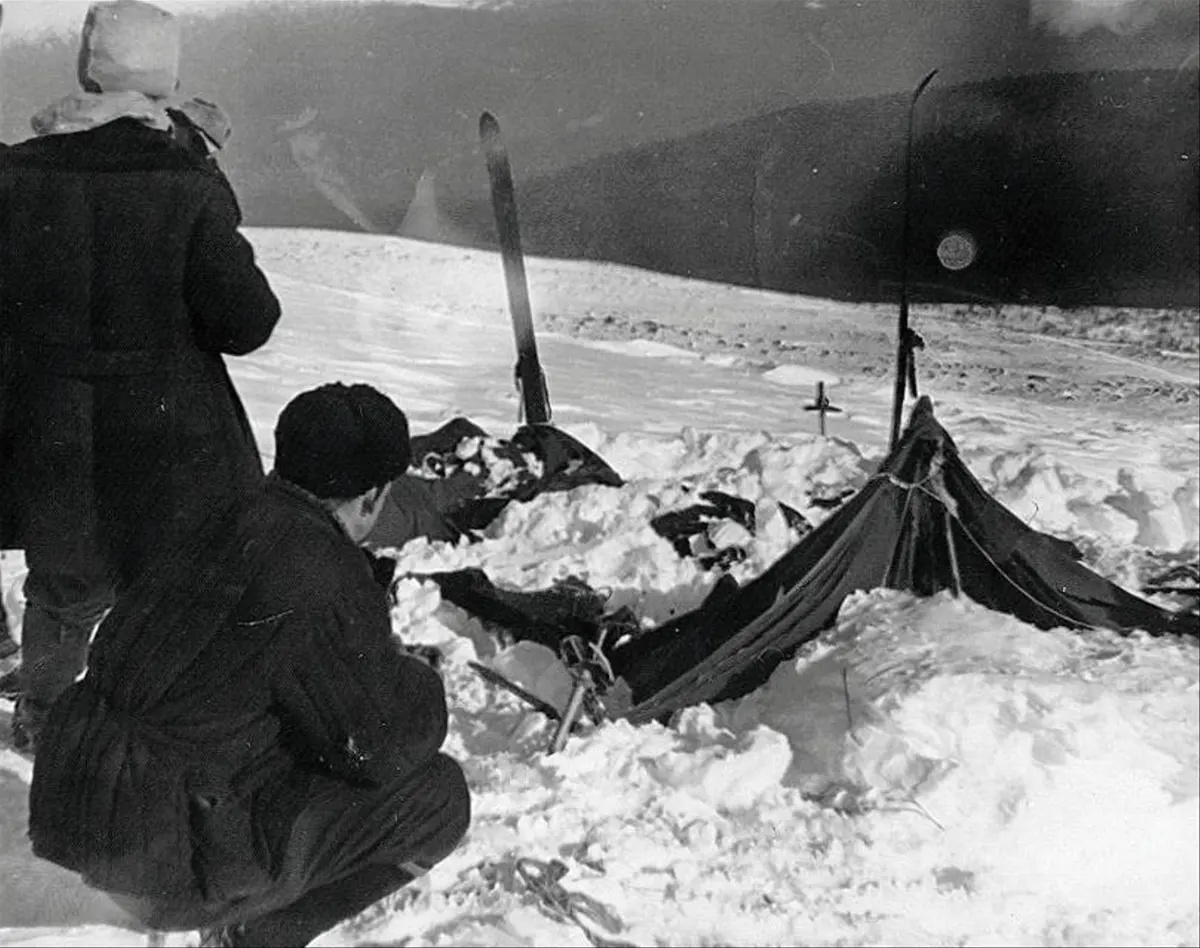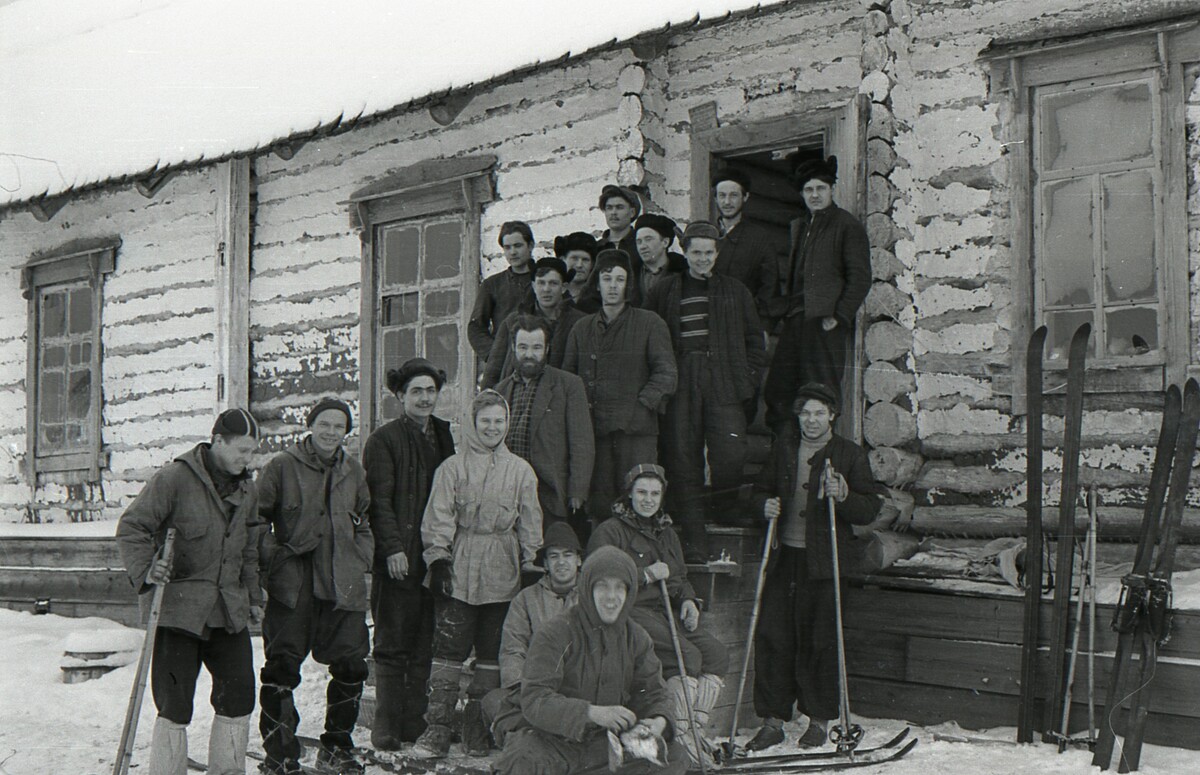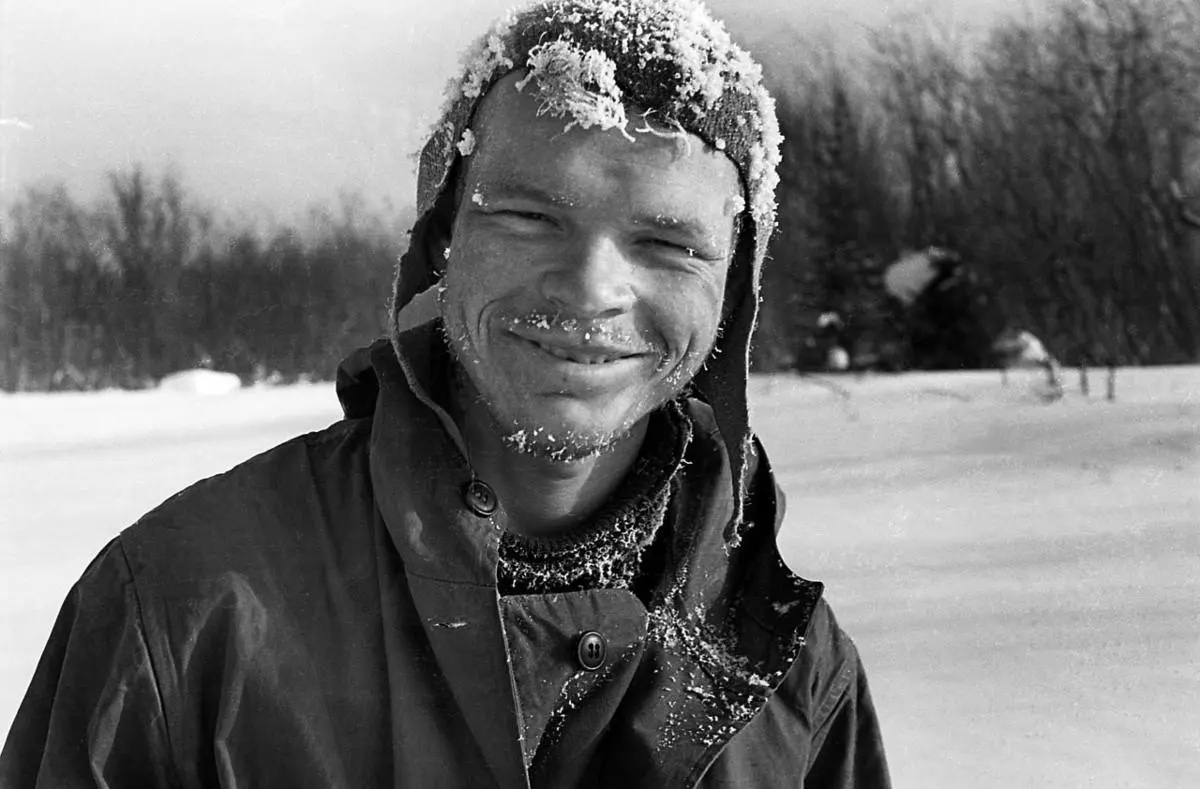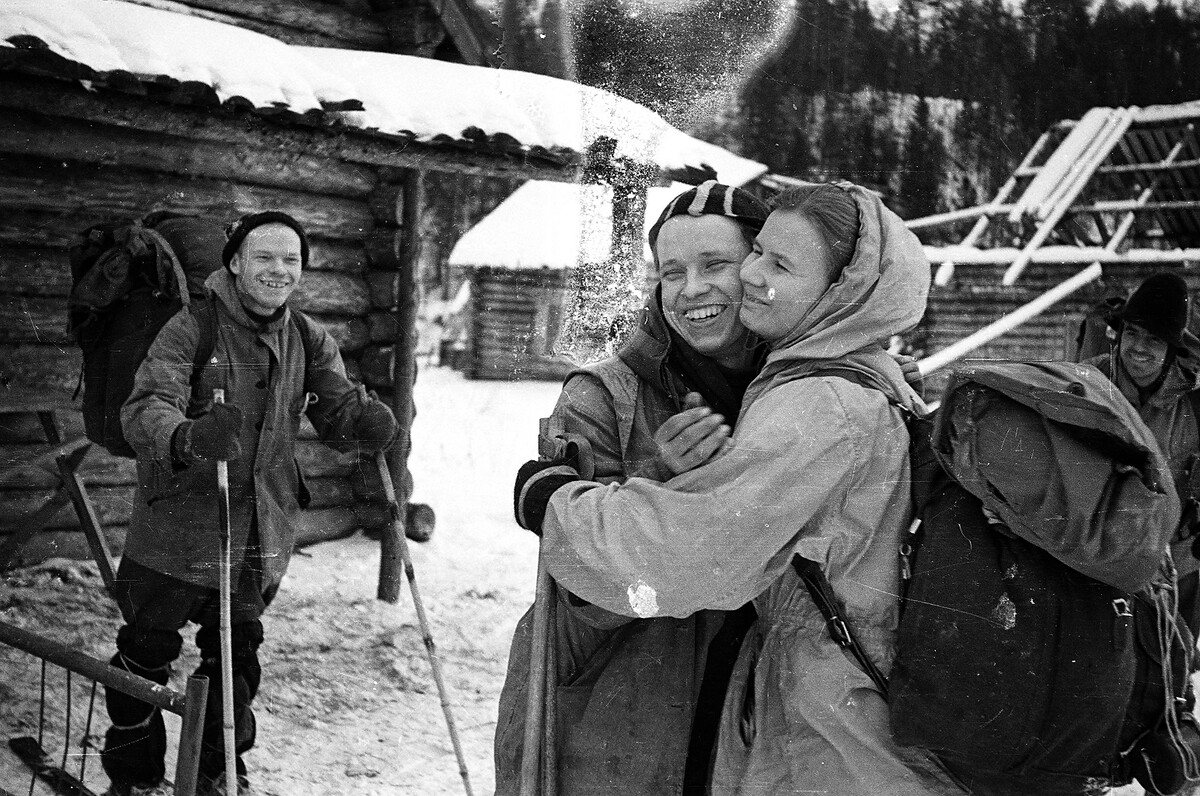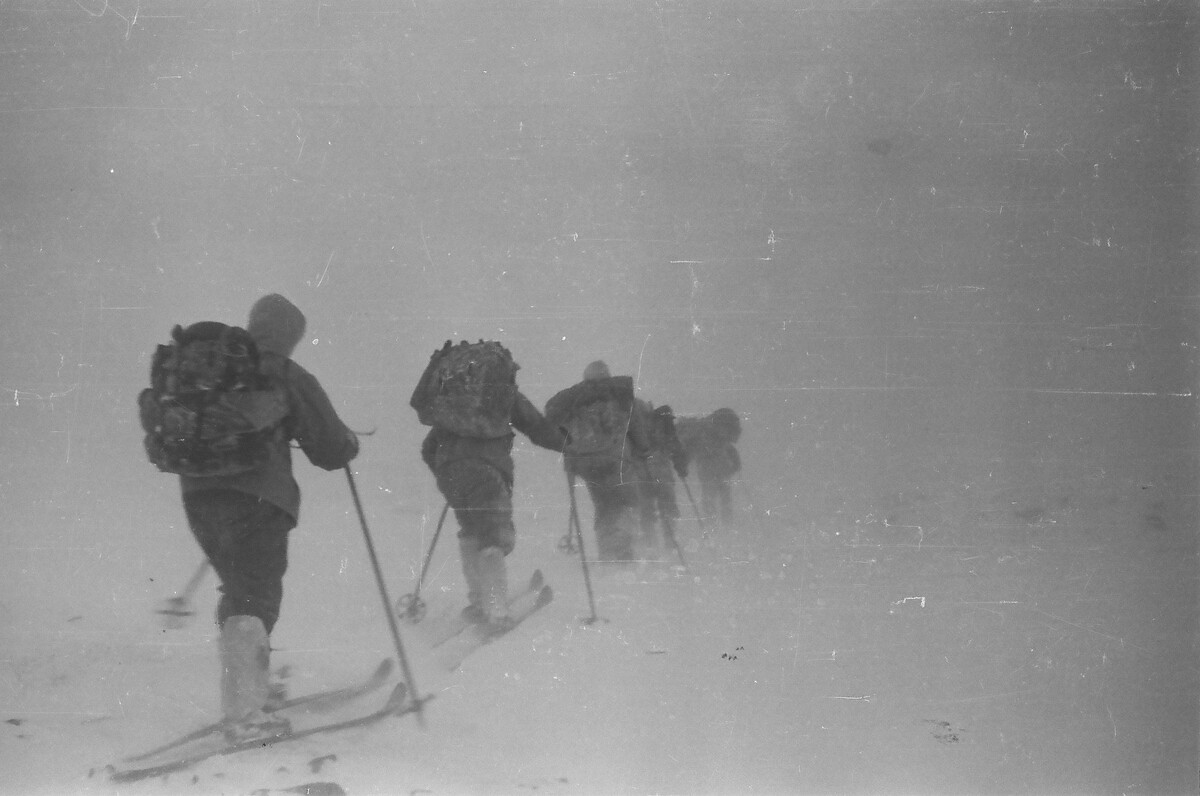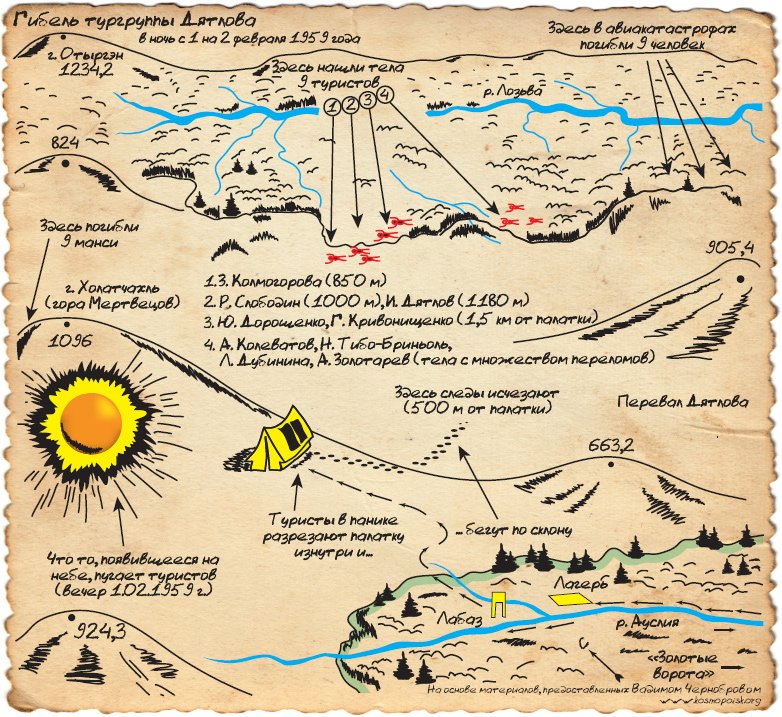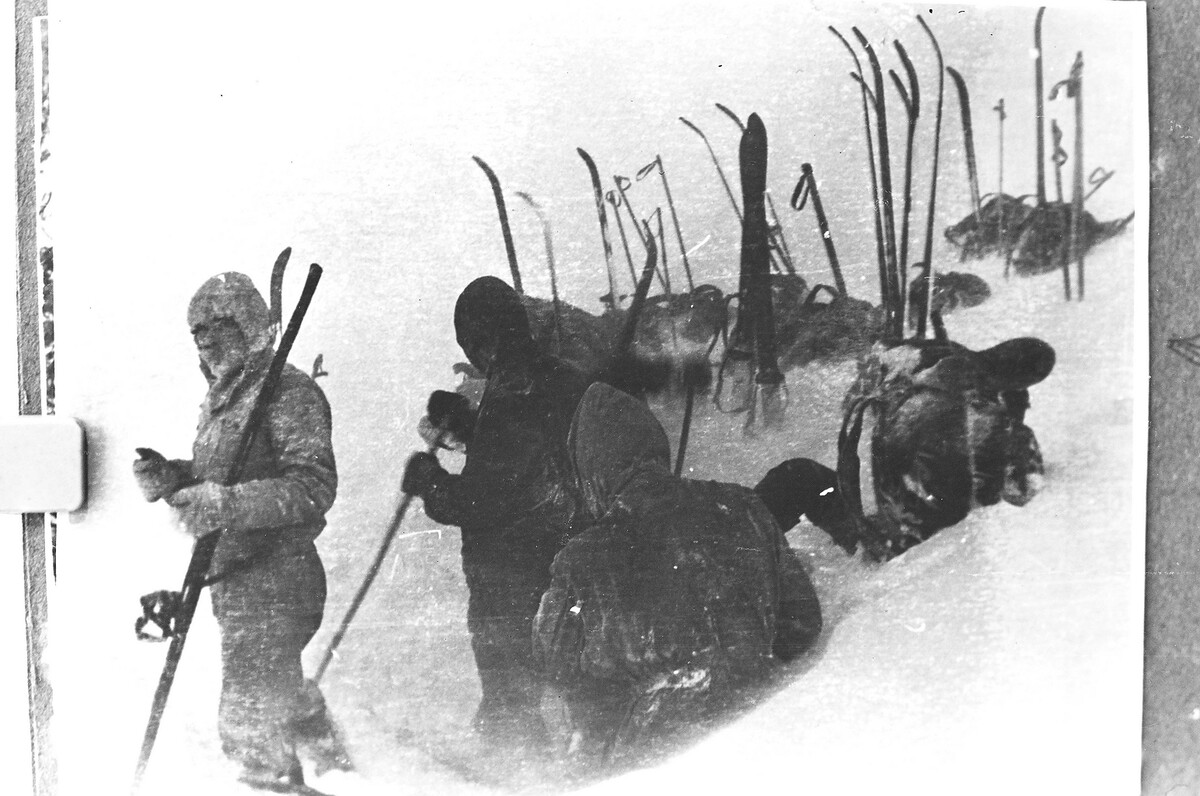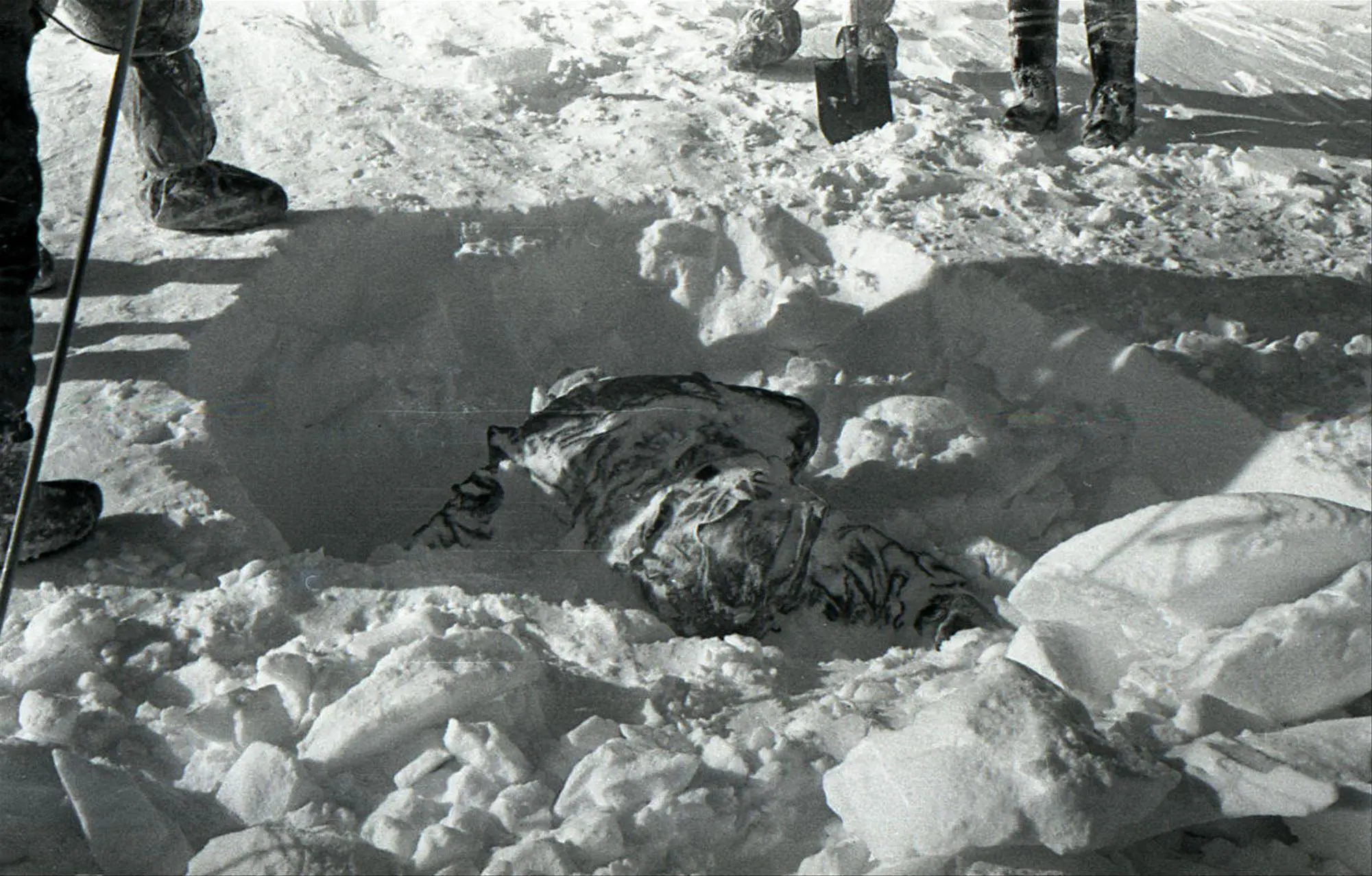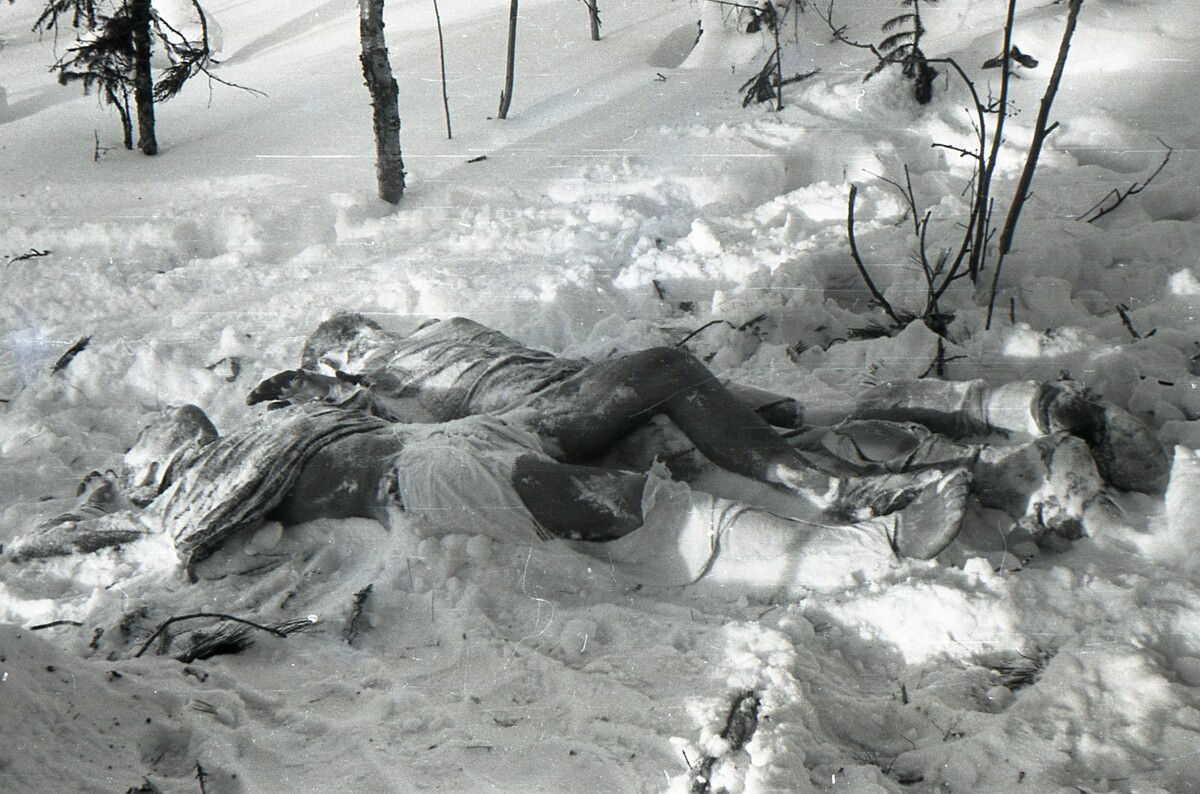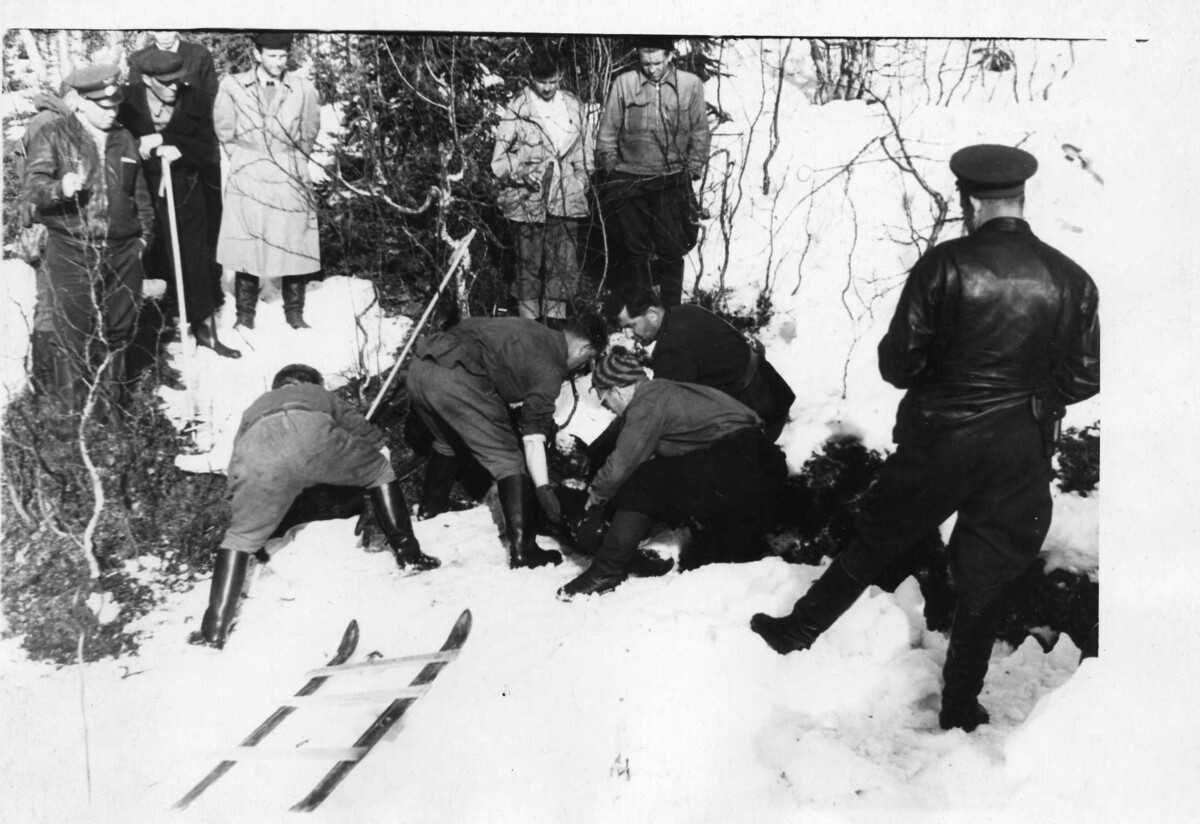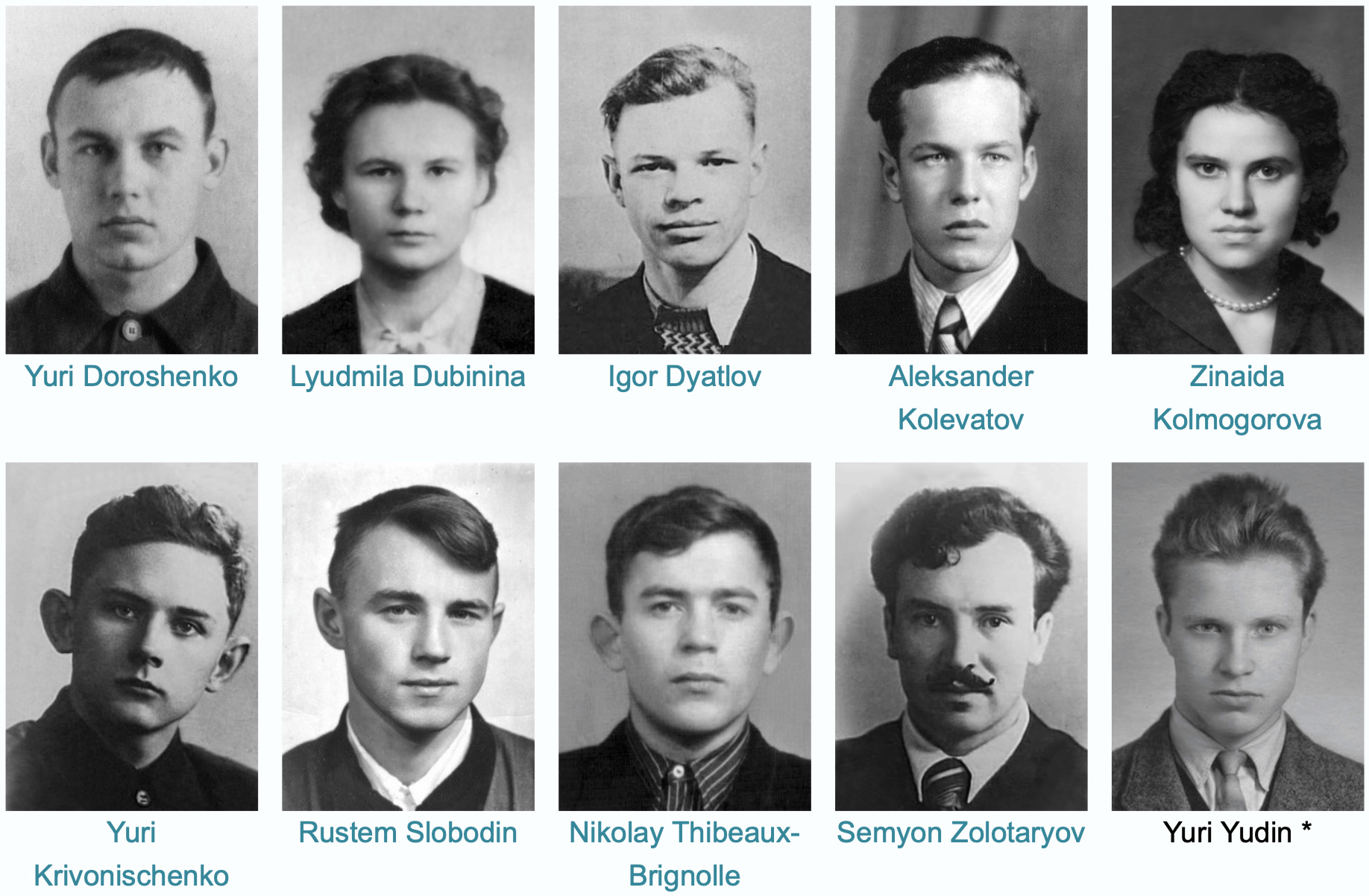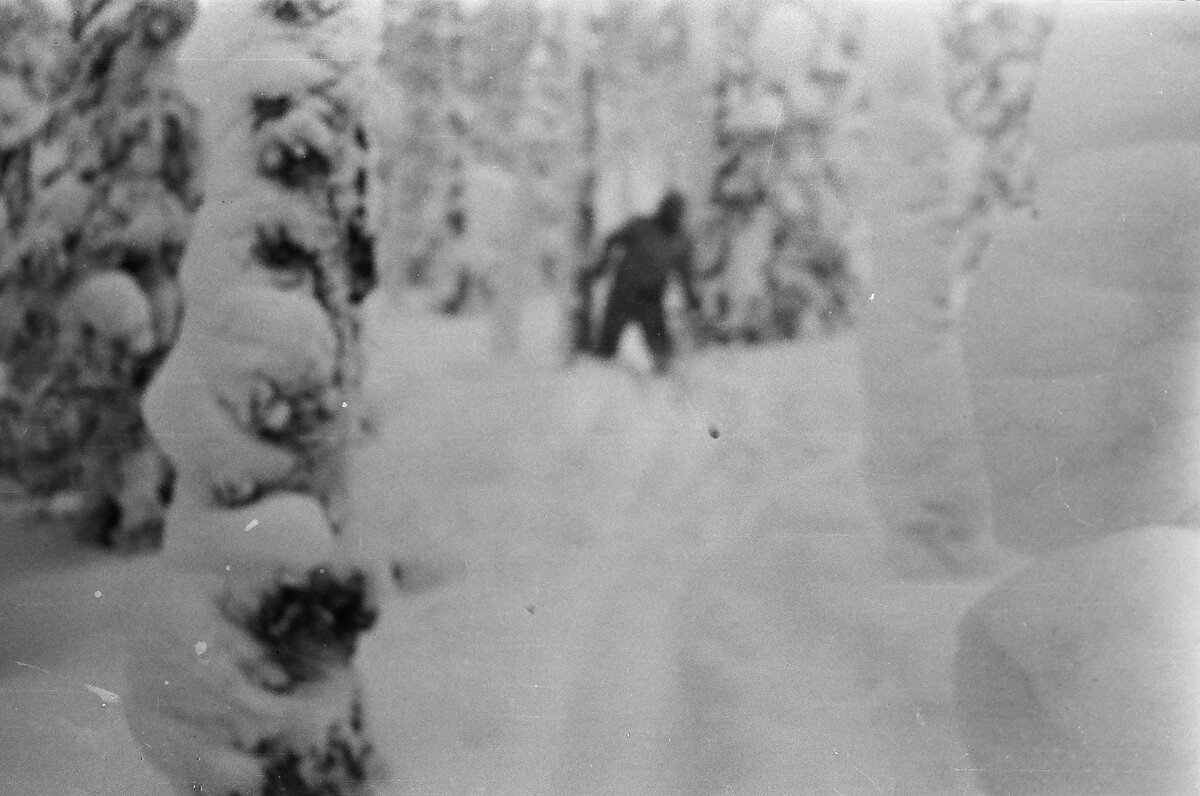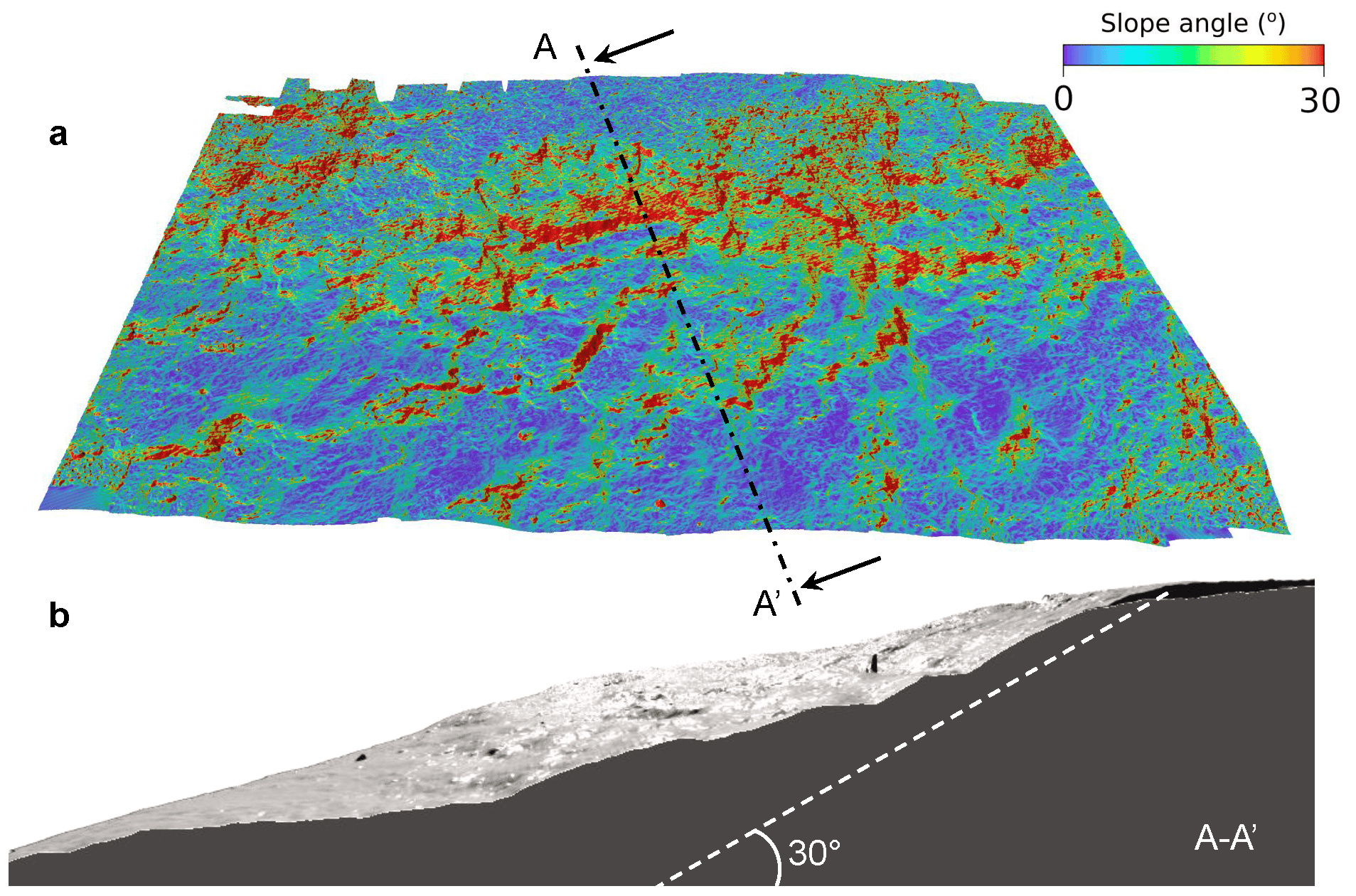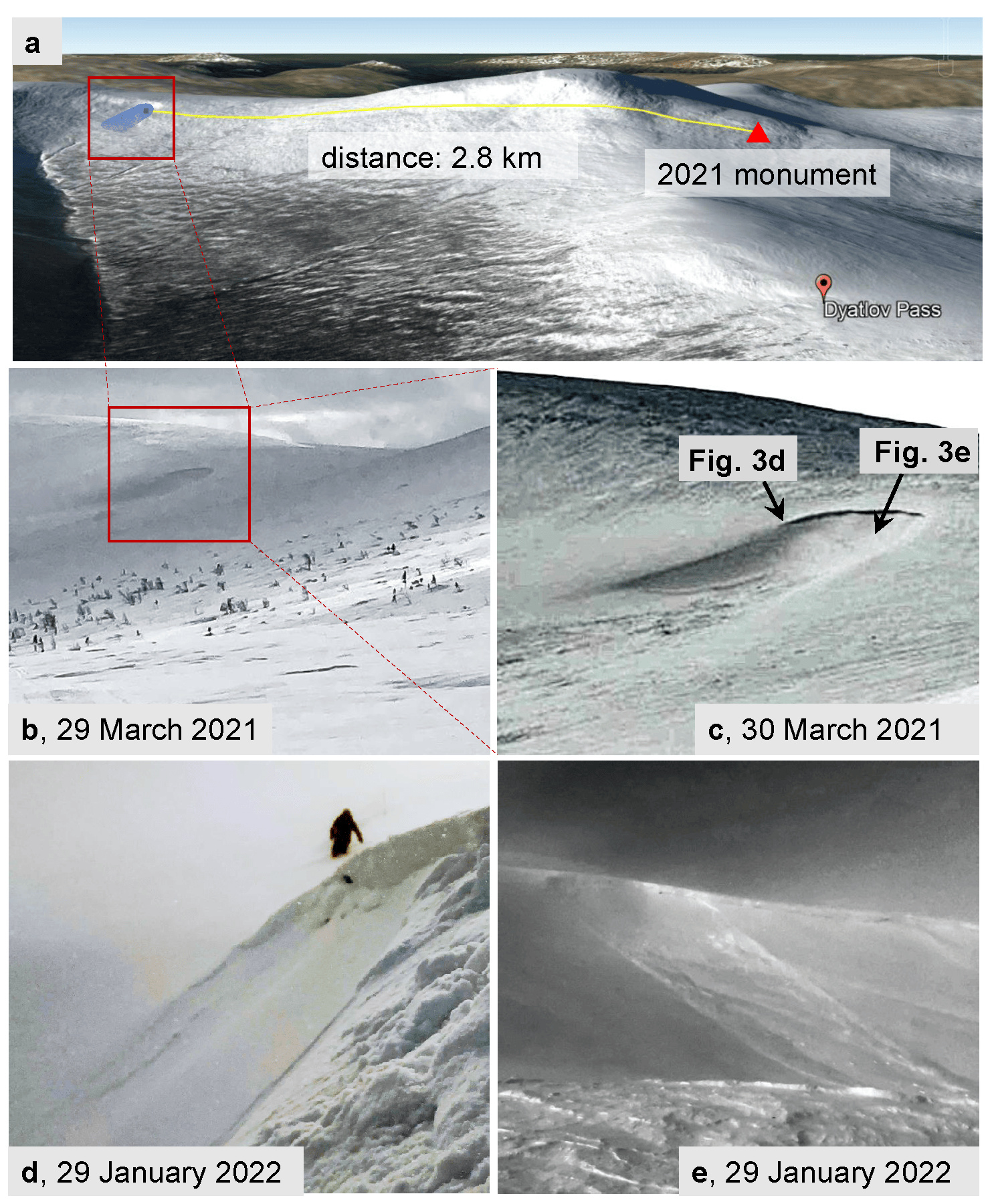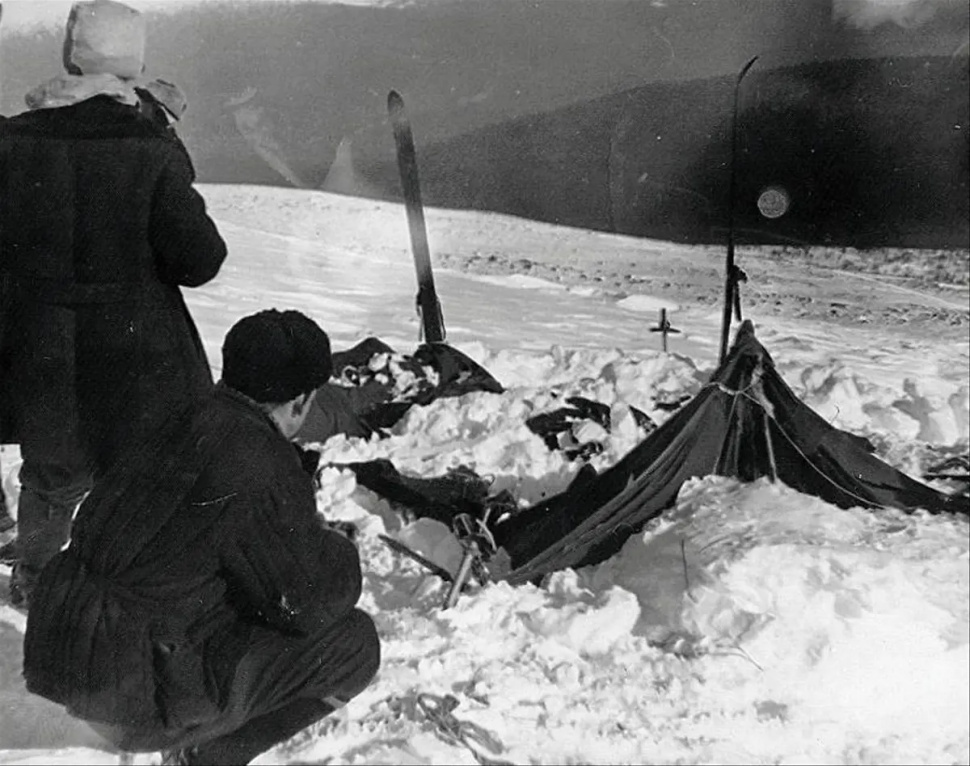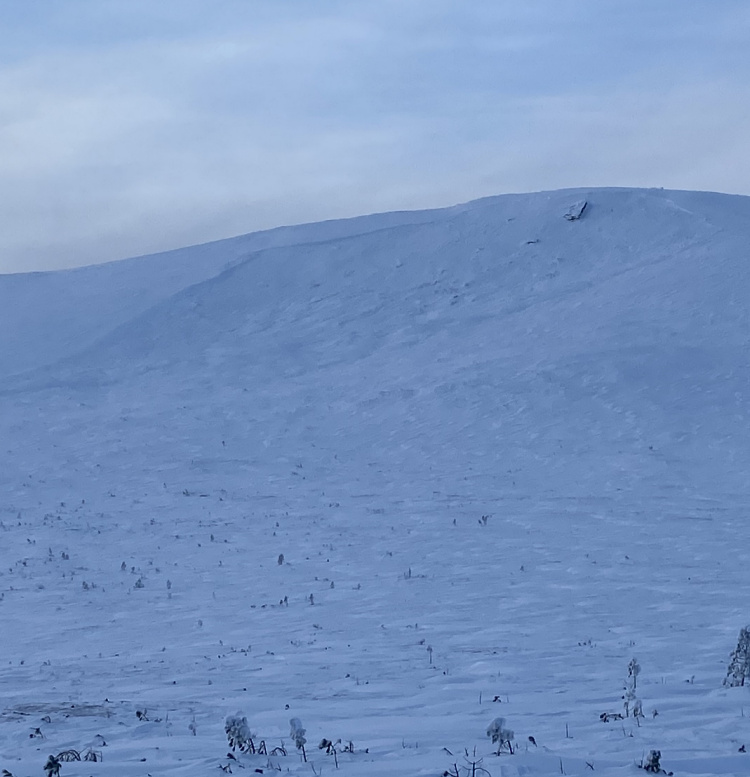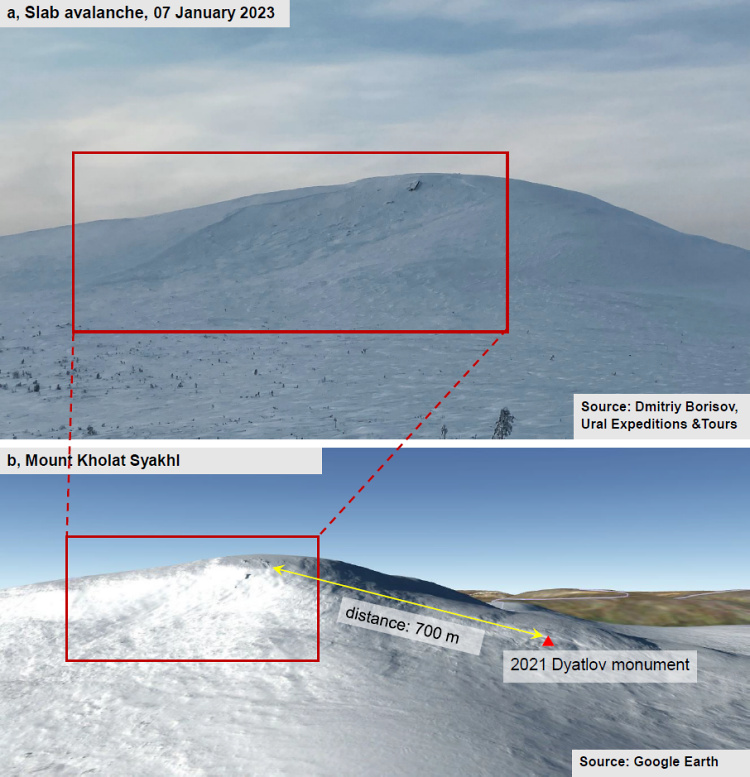
Have Swiss researchers solved the mystery of the tragedy on "Death Mountain"?
In 1959 in the Urals, Russian hikers died a terrible death. Since then, numerous, sometimes wild, theories circulate about the incident. Swiss researchers have also been involved for years. Now they are reporting new evidence.
April 15, 2023. All rights belong to 20min.ch. Author Fairy Anabelle Riebeling
What we know
- Even after more than 60 years, the circumstances surrounding the death of nine Russian students at Dyatlov Pass are still unclear.
- According to sources, the nine froze to death.
- Because that does not explain the abnormalities on the corpses, various theories are still circulating today.
- Swiss researchers have also been involved in the discussion for years.
- Now they are again providing evidence of what they believe happened back then.
Their destination was Mount Otorten in the Ural Mountains. But the Russian students never got there. Instead, the young men and women who set out on January 25, 1959 died under mysterious circumstances on the night of February 2, 1959, around ten kilometers from their actual destination, on Kholat Syakhl (in English: Mountain of Death, see photo gallery above).
The place where the nine perished has since been called the Dyatlov Pass. It is named after Igor Alekseevich Dyatlov, the 23-year-old leader of the group whose death is still unknown. According to official sources, the nine froze to death. But there have always been doubts about the cause of death. Because it doesn't explain why the bodies were partially naked, their skulls crushed and their ribs broken.
Conspiracy theories and hard evidence
Instead of evidence, however, a multitude of alternative explanations were found over time. According to this, either aliens, the Yeti or high-altitude winds are to blame. Secret military experiments and weapons as well as a condition called hyperthermic dementia have also been used to explain this, as have freak weather conditions accompanied by lightning, ballistic missiles or nuclear weapon tests.
Finally, in 2021, researchers from the Federal Institutes of Technology (ETH in German) in Lausanne and Zurich, based on data published in the journal "Nature - Communications Earth & Environment" published model calculations supporting the avalanche theory (see video below), which has also been around for a long time. But it met with little approval, especially in Russia. In 2022, the team led by Alexander Puzrin from ETH Zurich did it again and refuted the criticisms from the Russian side with new evidence. According to the researchers at the time, these showed that there was a risk of avalanches on the night of the tragedy.
Johan Gaume from ETH Lausanne and Alexander Puzrin from ETH Zurich published this video in 2021. Video: 20M/EPFL
Has the mystery of the Dyatlov Pass been solved?
Observations from 2023 support the conclusion at that time: "On January 7, 2023, the same mountain guides from the Urals who took part in last year's expedition took a photo of another slab avalanche," Puzrin told us in an email. "This time even on the same mountain where the Dyatlov group died, about 700 m from their tent!"
This means that new slab avalanches have been documented in each of the last three winters - "and they are getting closer and closer to the location of the tent."
Photo below is taken by Dmitriy Borisov from Ural Expeditions & Tours on January 7, 2023.
The new observation confirms "that slab avalanches are not only possible in the area around Dyatlov Pass, but also on Kholat Syakhl, where the destroyed tent was found," says Puzrin. This is a completely new observation that has not been seen since 1959. So has the mystery of what happened on "Death Mountain" been solved? No, according to the ETH researcher: "Only Igor Dyatlov and his comrades could confirm whether it really was an avalanche that led to their death."
The horror genre has also taken on the subject: in the film "Devil's Pass" (2014), a group of US students want to get to the bottom of the deaths at Dyatlov Pass - and die themselves. Video: Ascot Elite Entertainment

